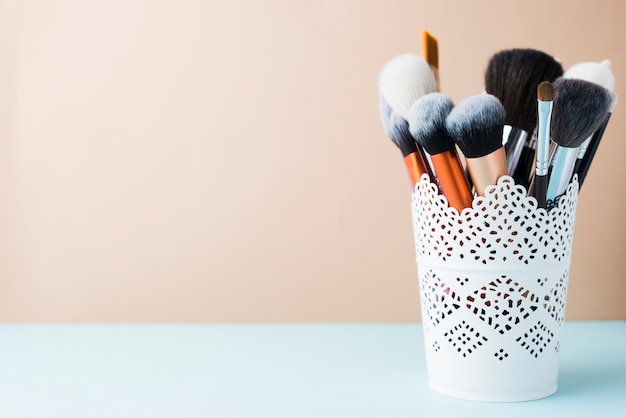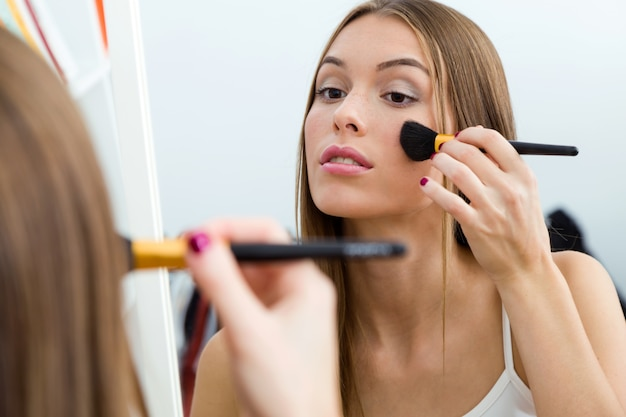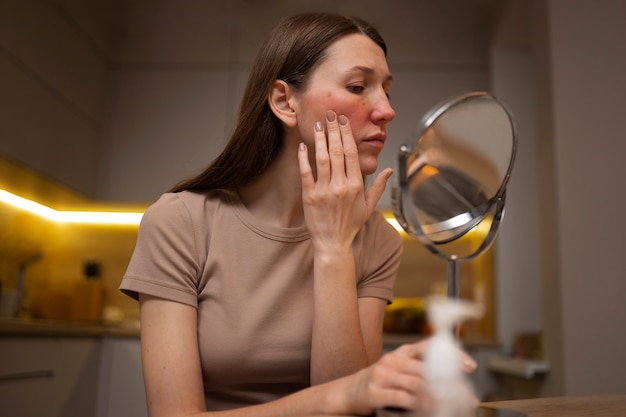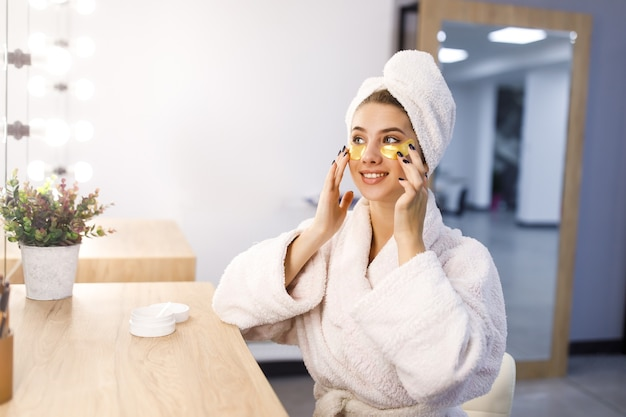Best Practices for Keeping Makeup Brushes Clean and Hygienic
When it comes to achieving flawless makeup application, clean and hygienic brushes are the unsung heroes. The importance of keeping makeup brushes clean goes beyond just enhancing the performance of your tools – it’s about ensuring the health of your skin as well. Best practices for maintaining makeup brush hygiene not only contribute to effective makeup application but also play a crucial role in preventing potential skin issues. In this guide, we delve into the essential steps and techniques for maintaining clean and hygienic makeup brushes, providing you with the knowledge you need to elevate your beauty routine.

Hygienic Makeup Brush Care
The quest for flawless makeup often begins with the tools we use. Makeup brush hygiene is not just about aesthetics – it’s a matter of skin health. Bacteria, oils, and old makeup residues can accumulate on brushes over time, leading to skin issues such as breakouts and irritations. This underscores the importance of hygienic makeup brush care. Ensuring that your brushes are clean and free from any contaminants is a fundamental step towards maintaining healthy and radiant skin.
Makeup Brush Hygiene Tips
To achieve optimal makeup brush hygiene, consider incorporating these tips into your routine:
- Establish a routine for cleaning your brushes regularly. Ideally, brushes used with liquid or cream products should be cleaned after each use, while brushes used for powders can be cleaned once a week.
- Opt for gentle, pH-balanced brush cleansers or mild shampoos to clean your brushes. Harsh chemicals can damage bristles and compromise brush quality.
- Ensure that you rinse the brushes thoroughly to remove all traces of cleanser and makeup residue. Residual cleanser can lead to skin irritation when you use the brushes again.
- After washing, reshape the bristles and lay the brushes flat to dry. Avoid standing brushes upright while wet, as water can seep into the ferrule and weaken the glue that holds the bristles.
Best Practices for Clean Brushes
Maintaining clean makeup brushes goes beyond simple cleaning; it’s about adopting best practices that enhance the lifespan and performance of your brushes. Some best practices to consider include:
- High-quality brushes are not only more effective in makeup application but also easier to clean and maintain. Quality brushes tend to shed less and withstand regular cleaning.
- Excessive exposure to water can lead to bristle damage and loosening of the ferrule. Clean your brushes efficiently but avoid submerging them in water for prolonged periods.
- For quick touch-ups between thorough cleanings, consider using a brush cleaner spray or wipes to remove excess product. This practice helps maintain brush hygiene throughout the week.
- If you have a collection of brushes, consider rotating their use. This allows each brush to have time to dry and recover its shape before the next use.
Cleaning Tips for Makeup Brushes
Mastering the art of cleaning makeup brushes requires the right technique. Follow these steps for effective cleaning:
- Prepare a gentle brush cleanser, lukewarm water, and a clean towel.
- Dip the brush in lukewarm water, being careful not to wet the ferrule.
- Apply a small amount of brush cleanser to your palm or a cleansing mat.
- Swirl the brush in the cleanser, working it into a lather. Gently massage the bristles with your fingers or against the cleansing mat.
- Rinse the brush under running water until the water runs clear and all cleanser is removed.
- Gently reshape the bristles with your fingers and lay the brush flat on a clean towel to dry.
How to Clean Makeup Brushes Effectively
Cleaning makeup brushes is an art that every makeup enthusiast should master. Here’s a step-by-step guide on how to clean makeup brushes effectively:
- Gather gentle brush cleanser, lukewarm water, and a clean towel.
- Wet the brush under lukewarm water, being cautious not to wet the ferrule, as it can loosen the glue.
- Apply a small amount of brush cleanser to your palm or a cleansing mat.
- Swirl the brush in the cleanser to create a lather. Gently massage the bristles to dislodge makeup and dirt.
- Rinse the brush under running water until the water runs clear and all cleanser is washed out.
- Gently reshape the bristles and lay the brush flat on a clean towel to dry. Avoid standing brushes upright, as water can seep into the ferrule.
Proper Care Routine for Clean Makeup Brushes
Establishing a proper care routine for clean makeup brushes is essential for their longevity and performance. Consider the following steps as part of your routine:
- Clean brushes used with liquid or cream products after each use, while brushes used with powders can be cleaned once a week.
- Opt for gentle, pH-balanced brush cleansers that effectively remove makeup without damaging the bristles.
- Ensure that you rinse brushes thoroughly to eliminate all traces of cleanser and makeup residue.
- After washing, reshape the bristles and lay the brushes flat to dry. Keep brushes away from direct sunlight and heat sources.
Steps for Maintaining Brush Hygiene
Brush hygiene goes beyond cleaning; it involves a comprehensive approach to ensure your brushes remain in top-notch condition:
- Quality brushes are easier to clean and maintain. Invest in brushes with densely packed, synthetic or natural bristles.
- Periodically inspect your brushes for any signs of shedding, fraying, or damage. Replace worn-out brushes to avoid contamination.
- In addition to thorough cleaning, incorporate spot cleaning into your routine using brush cleaner sprays or wipes.
- Store your clean brushes in a dry and well-ventilated area to prevent moisture buildup.
Cleaning and Sanitizing Makeup Brushes
Cleaning and sanitizing makeup brushes are essential steps in preventing contamination:
- Deep clean your brushes regularly to remove accumulated dirt, oils, and makeup residues.
- For an added layer of protection, consider using a sanitizing solution specifically designed for makeup brushes.
- Disinfectant sprays can help eliminate bacteria on brushes, especially when using them on clients or sharing makeup.
Preventing Makeup Brush Contamination
Preventing makeup brush contamination requires a proactive approach that includes:
- Whenever possible, designate specific brushes for personal use to minimize the risk of cross-contamination.
- Use disposable applicators for products like mascara and lip gloss, especially when working on multiple people.
- Regularly replace sponges and other disposable parts of your makeup routine.
As the final strokes of makeup are applied, the significance of maintaining clean and hygienic makeup brushes becomes crystal clear. These beauty tools, when properly cared for, not only enhance the aesthetics of your makeup but also safeguard the health of your skin. By adhering to the best practices for keeping makeup brushes clean, you’re investing in the longevity of your tools and the well-being of your complexion. From regular cleaning routines to proper drying methods, these efforts pay off in the form of seamless makeup application and a radiant complexion, reflecting the importance of prioritizing brush hygiene in your beauty regimen.




